Heliophobia is a debilitating phobia involving an intense and irrational fear of the sun or sunlight. It can cause anxiety, panic attacks, and avoidance of outdoor activities.
What Is Heliophobia?
Heliophobia is a specific type of phobia characterized by an intense and irrational fear of the sun. This fear is often rooted in concerns over the health risks associated with prolonged exposure to UV rays, which can cause serious conditions like skin cancer or macular degeneration.
The word “heliophobia” comes from the Greek words “helio,” meaning sun, and “phobos,” meaning fear. Heliophobia is recognized by the Diagnostic and Statistical Manual for Mental Disorders (DSM-V) and falls under the broader category of anxiety disorders [mfn] Zimmerman, M., Dalrymple, K., Chelminski, I., Young, D., & Galione, J. N. (2010). Recognition of irrationality of fear and the diagnosis of social anxiety disorder and specific phobia in adults: implications for criteria revision in DSM-5. Depression and anxiety, 27(11), 1044–1049. https://doi.org/10.1002/da.20716 [/mfn]. In some cases, heliophobia may be accompanied by phengophobia, or a fear of daylight.
How Common Is Heliophobia?
The worldwide prevalence of heliophobia is 2.3% [mfn] ELIOPHOBIA – ProQuest. (n.d.). Www.proquest.com. Retrieved March 6, 2023, from https://www.proquest.com/openview/98b1dc3c15cc066ffe95b25f6a8b1c5f/1?pq-origsite=gscholar&cbl=40146 [/mfn]. While the actual age of onset is unknown, heliophobia is said to have the lifetime prevalence of natural environment phobias.
The symptoms of heliophobia may get resolved spontaneously or they may persist longer depending upon the age of the sufferer as well as the severity of the symptoms. In the case of children, this condition disappears gradually as they grow up. However, in adults, the possibility of resolving this condition is comparatively lesser.
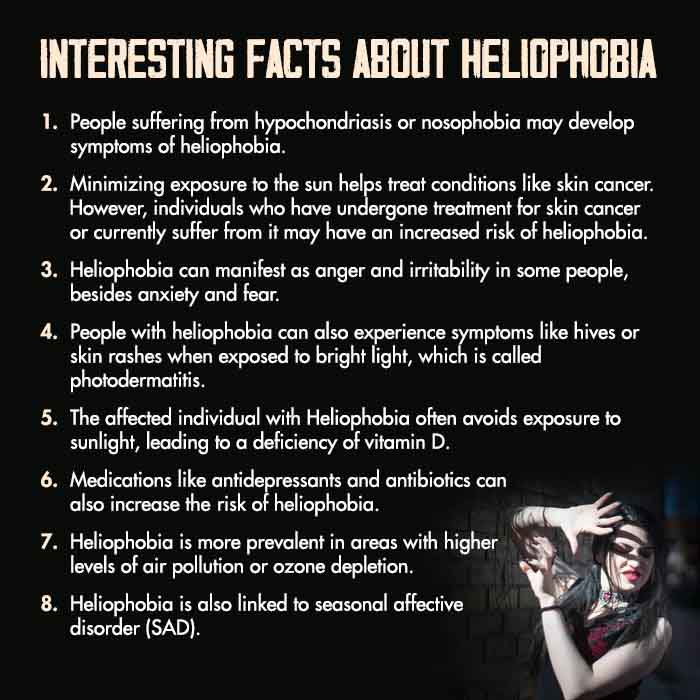
Symptoms Of Heliophobia
The common symptoms of heliophobia can be divided into physical and psychological categories.
1. Physical symptoms
The common physical heliophobia symptoms include:
- Sweating
- Trembling
- Parched mouth
- Tinnitus
- Confusion and disorientation
- Hyperventilation
- Globus sensation
- Muscle cramps
2. Psychological symptoms
The psychological symptoms of heliophobia include:
- Fear of losing control
- Fear of fainting
- Social withdrawal
- Enhanced heartbeat
- Experiencing anger and irritability
- Experiencing mood swings and panic attacks
- Excessive fear of harm or illness
Causes Of Heliophobia
Heliophobia can develop from a combination of genetics, hereditary factors, brain chemistry, and traumatic life experiences [mfn] Garcia R. (2017). Neurobiology of fear and specific phobias. Learning & memory (Cold Spring Harbor, N.Y.), 24(9), 462–471. https://doi.org/10.1101/lm.044115.116 [/mfn]. There are several common causes of heliophobia, including:
1. Fear of aging
If a child is constantly exposed to messages about how sunlight can accelerate the aging process, they may develop a fear of the sun.
2. Proneness to headaches and migraines
Individuals who are prone to headaches and migraines may develop a fear of the sun due to the perceived link between bright light and headaches.
3. Extreme cases of sunburn and experiences of sunstroke
Individuals who have had severe sunburns or experiences of sunstroke may develop a fear of the sun.
4. Learned fear of the sun from influential elders
Parents, grandparents, or other influential elders who instill a fear of the sun in a child may contribute to the development of heliophobia.
5. Medical conditions linked to photosensitivity
Certain medical conditions, such as skin cancer, photodermatitis, lupus, scleroderma, sun allergy, porphyrias, and other conditions linked to photosensitivity, may contribute to the development of heliophobia.
6. Mental health disorders
Depression, anxiety, and other mental health disorders may also contribute to the development of heliophobia.
7. Beauty standards
Prejudice against tanned skin, or a societal preference for fair skin, may contribute to the development of heliophobia in some individuals.
Diagnosis Of Heliophobia
Heliophobia is a relatively uncommon mental health condition, and there is currently no official heliophobia diagnosis. To assess the presence of heliophobia, a mental health professional may conduct a comprehensive evaluation that includes a review of the patient’s physical and mental symptoms, as well as their anxiety levels in different contexts.
The evaluation may also involve taking a detailed history of the patient’s social, medical, and psychiatric background to help formulate an effective treatment plan.
Ultimately, the goal of the evaluation is to gather information that can help the mental health professional make an accurate diagnosis and develop a personalized treatment plan that meets the patient’s individual needs.
How Is Heliophobia Treated?
A number of heliophobia treatment options are easily available to overcome this phobia. These include:
1. Therapies
This natural environment phobia of the sun can be treated [mfn] Barber, C. (2021). Rare health conditions 43: phobias, homozygous familial hypercholesterolaemia and osteopetrosis. British Journal of Healthcare Assistants, 15(2), 58–62. https://doi.org/10.12968/bjha.2021.15.2.58 [/mfn] by various psychotherapies including:
• Talk therapy
In this type of therapy the therapist and the patient talk out the latter’s thoughts and emotions. The therapy sessions are directed towards changing his/her negative thought patterns and maladaptive behavior patterns linked to heliophobia.
• Cognitive-behavioral therapy (CBT)
Through the help of CBT, a therapist may take into account the obsessive thoughts of the patients regarding the fear of the sun and may help the patient with blending his/her perception over reality. This can also help in reducing their anxiety.
Read More About CBT Here
• Exposure therapy
In this type of therapy, the therapist may begin a session by exposing the patient to photos and videos of the sun and then gradually to actual sunlight. Such a process attempts to desensitize the patient to the irrational fear of the sun [mfn] Tolin, D. F. (2012). AARP Face Your Fears. John Wiley & Sons. Available from: https://books.google.co.in/books?hl=en&lr=&id=M7vh7q8_zAcC&oi=fnd&pg=PR7&dq=+heliophobia+exposure+therapy&ots=y5E094huqi&sig=9Y4LD3Dns0Ro-nGRWXvdiliDf7s#v=onepage&q&f=false [/mfn].
• Group therapy
Group therapy is a form of psychotherapy that involves one or more therapists working with several people with heliophobia at the same time. This can also involve support groups in which several patients share personal experiences, coping strategies, or firsthand information about heliophobia.
2. Medication
Medication [mfn] Thng, C. E. W., Lim-Ashworth, N. S. J., Poh, B. Z. Q., & Lim, C. G. (2020). Recent developments in the intervention of specific phobia among adults: a rapid review. F1000Research, 9, F1000 Faculty Rev-195. https://doi.org/10.12688/f1000research.20082.1 [/mfn], coupled with daily therapy sessions, is used to treat heliophobia. These include:
- Antidepressants
- Beta-blockers
- Selective Serotonin Reuptake Inhibitors (SSRI) sedatives, etc.
Read More Antidepressants Here
3. Relaxation techniques
Certain mild forms of regular physical exercise can provide relaxation to people with heliophobia, including:
- Meditation
- Yoga
- Stretching
- Brisk walking, etc.
Read More About Meditation Here
How To Cope With Heliophobia
If you suspect that you may be experiencing symptoms of heliophobia, it is important to seek medical help. Consider consulting with a therapist in order to overcome heliophobia and improve your quality of life.
Attending therapy sessions and adhering to any prescribed medication can be a crucial part of treatment. It is also important to communicate with your support system, such as friends or family members, about your thoughts and feelings surrounding your condition.
In addition to seeking professional help for treating heliophobia, dietary changes may also be helpful in managing its symptoms. Avoiding caffeine-rich beverages or foods, such as tea, coffee, and dark chocolate, can be beneficial for some individuals.
Incorporating antioxidant-rich fruits and maintaining a healthy diet can also provide natural radiation protection and may help alleviate symptoms of heliophobia.
Takeaway
Heliophobia can be a highly debilitating condition that can greatly impact one’s daily life. It is essential to seek timely help and support to address its signs and symptoms. It is important to remember that the journey towards recovery and self-care is not always a straightforward path.
It is common to experience setbacks and struggles along the way, but it is important to not let discouragement take over. Be patient with yourself throughout the treatment and recovery process.
Remember that seeking help and taking steps towards healing is a brave and important first step towards managing heliophobia and improving your overall well-being.
At A Glance
- Heliophobia is an intense and irrational fear of the sun.
- It has been recognized as both a phobia and an anxiety disorder in psychiatric manuals.
- It includes both physical and psychological symptoms.
- The worldwide prevalence of heliophobia is 2.3%.
- The common methods of treatment for heliophobia include therapy and medication.
Frequently Asked Questions (FAQs)
1. How do you overcome heliophobia?
Heliophobia can be treated with a number of psychotherapies, medication, and relaxation techniques.
2. What is heliophobia a fear of?
Heliophobia refers to the intense and irrational fear of the sun.
3. What can trigger heliophobia?
Genetic heritability and exposure to media may trigger or exacerbate heliophobia.
4. What prevents heliophobia?
Heliophobia is a rare mental health condition. However, a healthy lifestyle, backed by effective self-care and mental health resources, can reduce the chances of developing this disorder.


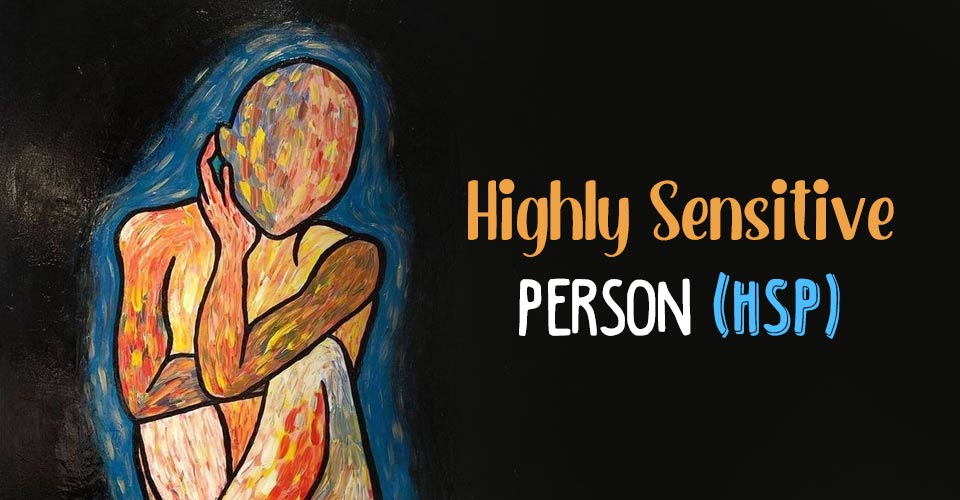
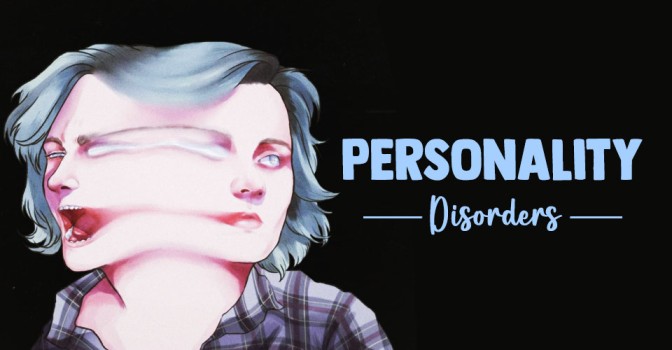
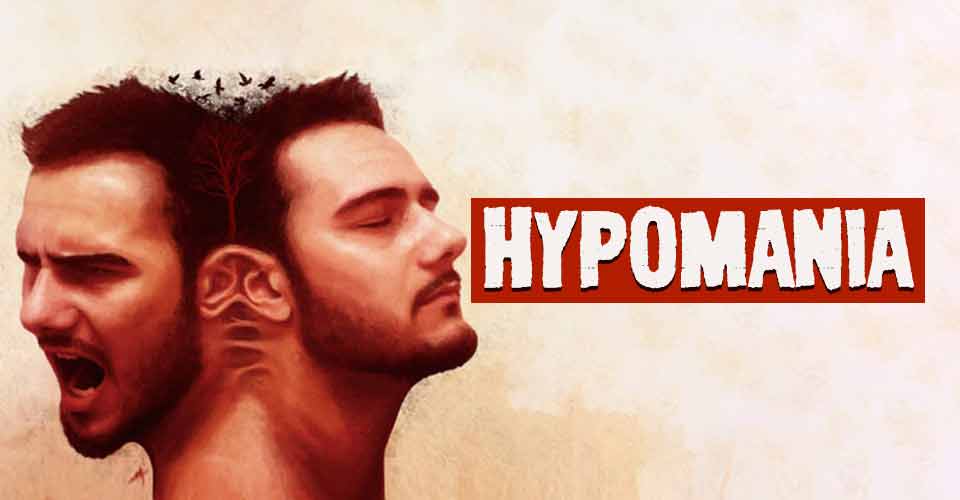
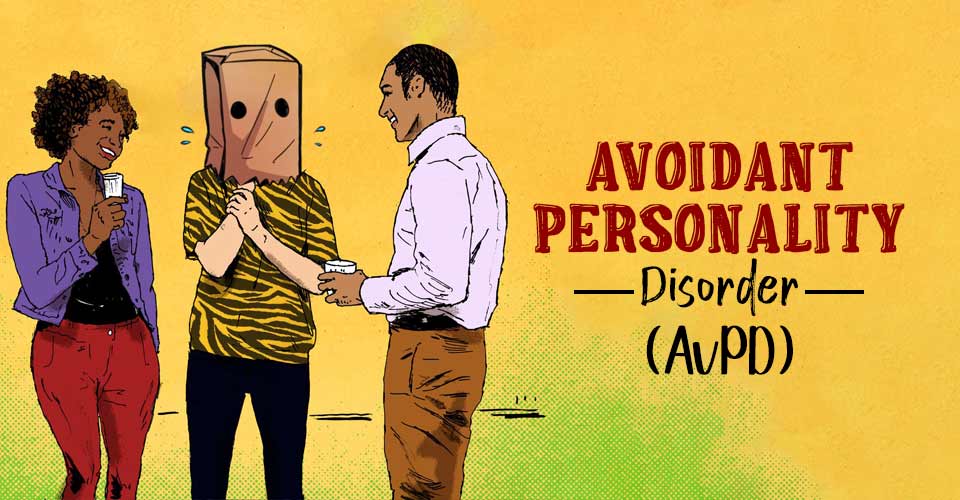


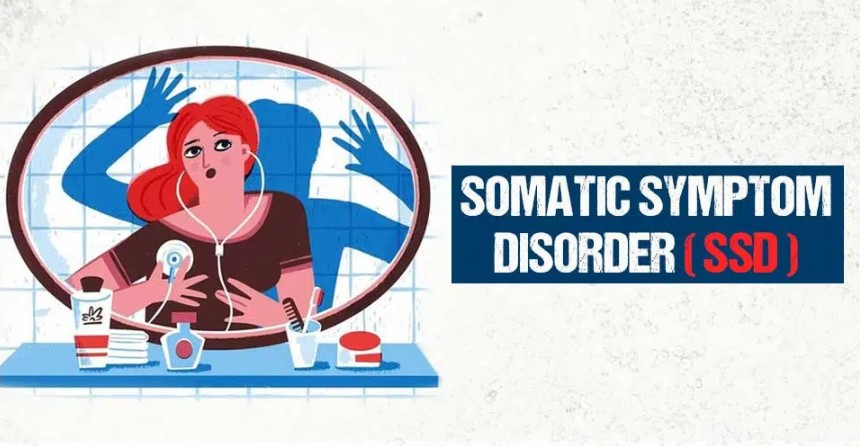

Leave a Reply